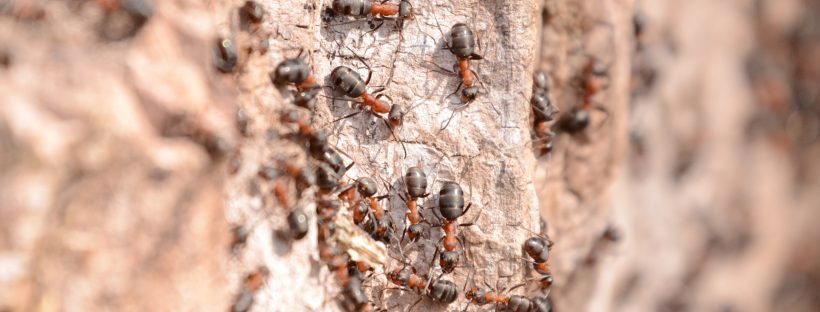Yes, I’ll admit that I am late to the party.
A number of posts and articles about citizen science apps and species recording have popped up over the last years, and in fact, I myself, referenced various for my Master’s thesis. Because of that, I also have been aware of the poor data availability, that makes it hard to predict the geographical distribution of many species – also known as the Wallacean shortfall of knowledge [Hortal et al. 2015].
So why talk about this now?
I recently upgraded my camera system to a second hand Nikon D7000 with a Sigma 100-400mm F5-6,3 DG OS HSM lens. My trip to South Africa taught me the value of a photographing nature with a DSLR with a nice telezoom lens and now here I am, back home, testing out the new camera system.
This is all fun and some photos probably end up on my Instagram, but for the vast majority, I did not have a purpose – at least until now. As a biologist, taking photos is the one thing, IDing what’s on them is the other. I had downloaded some German fauna identification apps over the last two days, but they seemed to include only incomplete species lists.
I don’t remember exactly the trigger, it must have been some tweet or similar, but yesterday finally, I decided to download the iNaturalist app and I am delighted!
What’s so amazing about iNaturalist?
Forget about the biologist, my inner-geek instantly fell in love!
1. Easy GUI and SpeciesID: iNaturalist allows you to add your photos and will extract metadata directly – this means: no inserting of space or time (as long as your photos are already geotagged). Furthermore, based on your photo (and location?), algorithms will suggest you the taxon or genus name of the species you photographed. If you don’t have any idea, this is definitely a neat starting point.
2. Community and Data validation: Just because you identify something, does not make it a valid record. The community got you and will verify or improve your identification.
3. Open Data: iNaturalist reports its citizen science records to the Global Biodiversity Information Facility (GBIF) – this means the recorded data is not lost, and everyone can access and analyse it!
4. Gamification: Remember Pokemon Go!? Well, turns out during prime time of usage, it took their users around a week to find as many Pokemon, as there are overall species records on GBIF.
#PokemonGo players could capture entire data holdings of @GBIF in 6 days. https://t.co/ymek2dreQh @rdmpage pic.twitter.com/TqXxS9TTyP
— Tom August (@TomAugust85) 4. August 2016
iNaturalist includes gamification to get you out and searching for specific plants or animals, which certainly can make the whole thing more competitive and fun.
5. The API: Want the possibility to access your own data to for example provide a heat map with all your records? No problem!
To sum all of this up
iNaturalist is a citizen science app, that allows you to record species occurrences. Compared to other apps on the market (especially the ones offered in Germany) it does provide the option of monitoring internationally with an underlying holistic species list and a community that got you covered. Their community validation system ensures a quality rating for all the records and this makes it valuable for inclusion in open databases like GBIF.
I highly suggest you test the app, which is celebrating it’s 10th anniversary this year, especially if you enjoy nature photography, just like me and would like to work for a good cause. In many regions, we’re still lacking a proper knowledge about the distribution of species and this is one easy chance to contribute while improving your ID skills.
Feel free to check out my recent records!

